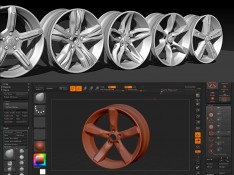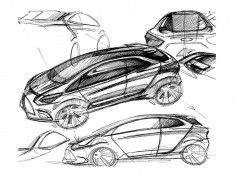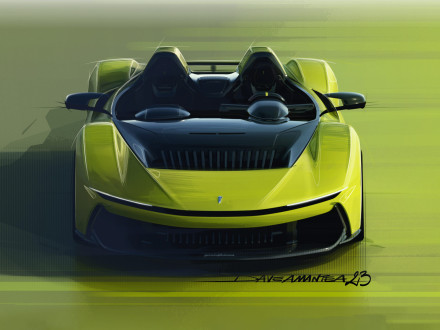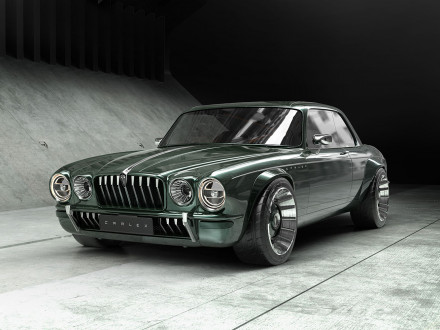The new cars are the ‘missing’ six vehicles from Jaguar’s Lightweight E-type project, which originally started in February 1963 with the objective of building 18 ‘Special GT E-type Cars’. The cars will be assigned the six remaining chassis numbers which were originally allocated in 1963.
The new cars will be hand-built in-house by Jaguar’s craftsmen. Each car will be constructed to the exact specifications of their original 1960s forebears – including the 3.8-litre straight-six engine.
The Lightweight carried approximately 114kg (250lb) less weight than a standard E-type, thanks to its all-aluminium body and engine block, a lack of interior trim and exterior chrome work and a host of further weight-saving features including lightweight, hand-operated side windows.
Jaguar expects a high demand for the six Lightweight E-types. Established Jaguar collectors, especially those with historic race car interests, will be prioritised amongst those potential customers who express interest.
The first new Lightweight E-type will make its public debut later this summer.
About the Lightweight E-Type
The Jaguar E-type was produced between 1961 and 1975, in just over 72,500 were built.
The Lightweight E-types were built in 1963 (one car being delivered in 1964) by Jaguar’s competition department. Twelve complete cars were built in total – 11 are believed to survive today.
The Lightweights were homologated for GT competition by being designated a ‘standard’ roadster E-type fitted with a number of options.
Those options varied from car to car, but the main modifications included all-aluminium monocoque and aluminium body panels, aluminium-block, wide-angle head, dry-sumped 3.8-litre XK engine with fuel injection, and aluminium hardtop. All chassis numbers carried an ‘S’ prefix.
The Lightweight E-types were raced in period by such as Graham Hill, Jackie Stewart, Roy Salvadori and Briggs Cunningham. Today the remaining Lightweights are regular front-runners in the historic motorsport scene.
(Source: Jaguar)




 share on Buffer
share on Buffer













Comments